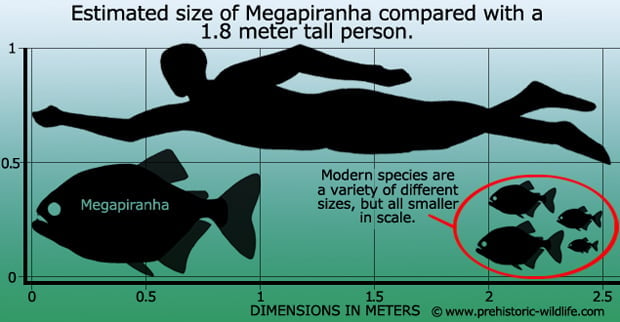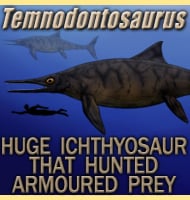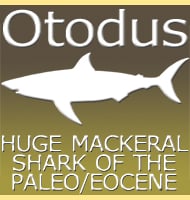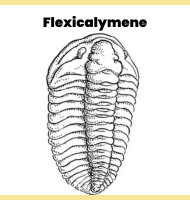In Depth
Large and bioengineered Piranha have been staple components for B-movies since the 1970s, but to find real monster piranha that once really existed you just have to look into the fossil record of South America during the Miocene.
Unfortunately the only currently known remains of Megapiranha are the teeth from the premaxilla, the most forward portion of the upper jaw. Comparison of these teeth to other living Piranha species however has come to the conclusion, that assuming it had a similar body form (and not just an oversized mouth) it was up to one meter long, much bigger than modern piranha.
Originally found in 1900, and ‘rediscovered’ in the 1980s before being formally described and named in 2009, these teeth were serrated and arranged in a single zigzag line across the front jaw. While these teeth can lean towards a carnivorous diet, they are not exactly like those of carnivorous piranha, and are in fact intermediate between carnivorous piranha and the pacu, herbivorous fish of the Colossoma genus that are related to piranha. Because of this we cannot yet be certain if Megapiranha represented a monstrous carnivore or a peaceful herbivore, with further complications coming from the fact that the river systems of South America could have supported either lifestyle.
The Miocene of South America seems to have been populated with familiar yet oversized animals. These include one of the biggest crocodiles known to have existed, Purussaurus, and also what may be the largest flying bid, Argentavis.
Further Reading
– Megapiranha paranensis, a new genus and species of Serrasalmidae (Characiformes, Teleostei) from the upper Miocene of Argentina. – Journal of Vertebrate Paleontology 29(2):350-358. – L. A. Cione, W. M. Dahdul, J. G. Lundberg & A. Machado-Allison – 2009. – Mega-Bites: Extreme jaw forces of living and extinct piranhas (Serrasalmidae). – Scientific Reports. 2: 1009. – J. R. Grubich, S. Huskey, S. Crofts, G. Orti & J. Porto – 2012.










